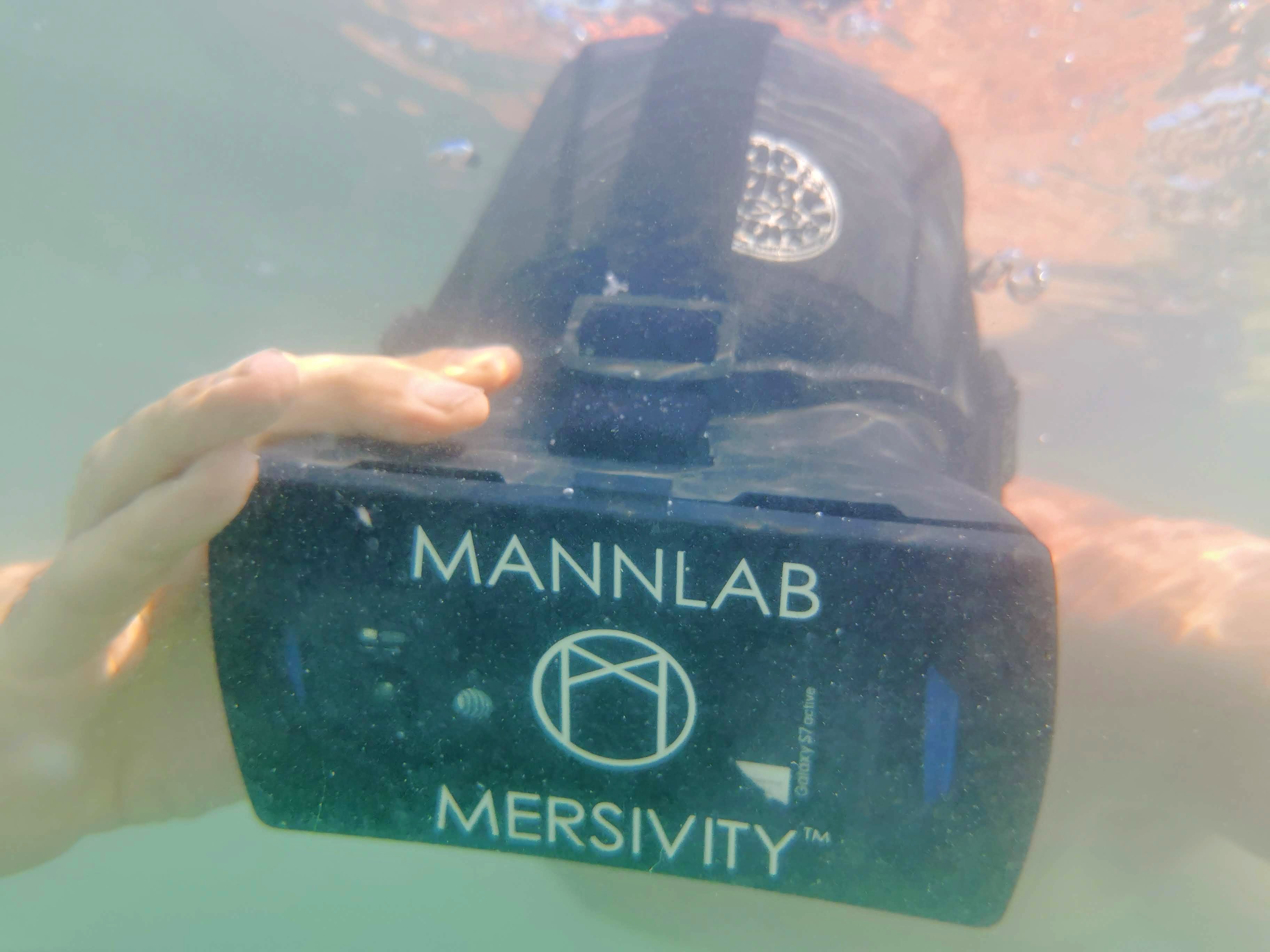


🏠Home 📖Proceedings 🎥Video ⚰️ Demo ⌨️WaterHCI ⛱️TeachBeach™ 🔬Science 🚿Art 🦕Music 🏊SwimOP 📰News
November 2021



The McLuhan Working Group on Covidized Surveillance/Sousveillance is proud to announce the completion of the outdoor TeachBeach™ classroom lab at Ontario Place where we have been doing research and teaching at the intersection of water, humans, and computing.
Ontario is home to the world's largest freshwater lake, Lake Superior. The Great Lakes overall hold 21% of the world's freshwater.
The intersection of water, humans, and computers is a growing field of research that was born in Southern Ontario in the 1960s and 1970s with the invention of the hydraulophone, H2Organ, poseidophone, and other water-human-machine interface technologies.
We've come a long way since the days of the "Aqua Syntauri", a Water-Human-Computer Interface (WaterHCI) based on the Apple][ computer more than 40 years ago.
In 1998 WaterHCI came to University of Toronto as a collaboration between the McLuhan Program in Culture and Technology, and the Department of Electrical and Computer Engineering, culminating in a series of DECONferences exploring the interface between water, humans, and computing, in the context of pandemic preparedness.
We explored the societal, cultural, artistic, philosophical, scientific, and
technological aspects of pandemic preparedness.
To do this we invented various new WaterHCI technologies
such as underwater VR (Virtual Reality)
[Leonardo 37(5), p372-374, 2004]
and PanopDecon, an Internet-connected
panoptic column shower equipped with AI (Artifical Intelligence)
body-scanning technology for pandemic preparedness
[Surveillance & Society 1(3), p375-398, 2003], and self-cleaning keyboards
(link) that
constantly wash your hands with every keystroke.



Over the past 23 years the McLuhan/ECE (Electrical and Computer Engineering) collaboration has broadened and deepened the field of WaterHCI as a research and teaching effort along the shores of Lake Ontario, and, over the last few years, at Ontario Place, home of downtown Toronto's only beach.
We formed a small Facebook group of about 500 members dedicated to year-round swimming at Ontario Place, beach cleanups, water conservation, and advocacy for safe and welcoming swimming at Ontario Place.
During our beach cleanups we pulled large quantities of sharp and dangerous debris from the lake and piled it up next to the garbage cans for disposal. Among the debris we pulled from the lake bottom was an old rusty steel railing with a sharp base that had been injuring swimmers where it had sunk in the shallow waters of the lake. After we removed it, it sat next to the garbage can for disposal for almost a year (nobody wanted to take it away). Finally we decided to turn it into a chalkboard stand for the outdoor classroom TeachBeach for WaterHCI.
January 2021 we created and launched the first SmartBuoy,
deployed it in Ontario Place West Channel, and presented a
proposal to City of Toronto (link)
for more widespread deployment.


Our recent focus is cleanup of OBeach (Ontario Place Beach) assisted by underwater VR (virtual reality), and VR mapping of the beach to improve safety and situational awareness, developing a computational seeing aid and computer vision system to assist swimmers and help improve safety in navigating and wayfinding, scientific data collection on water and water quality at OBeach, and advocacy for water access rights. [SafeSwim: Overhead vision to help people see better. IEEE ARGENCON 2020].
Water is a computational medium that can carry an important message. Please join us at WaterHCI.com





Follow us on Twitter | Like us on Facebook | Follow us on Instagram | Watch us on YouTube | Follow us on Mastodon | Subscribe via Email